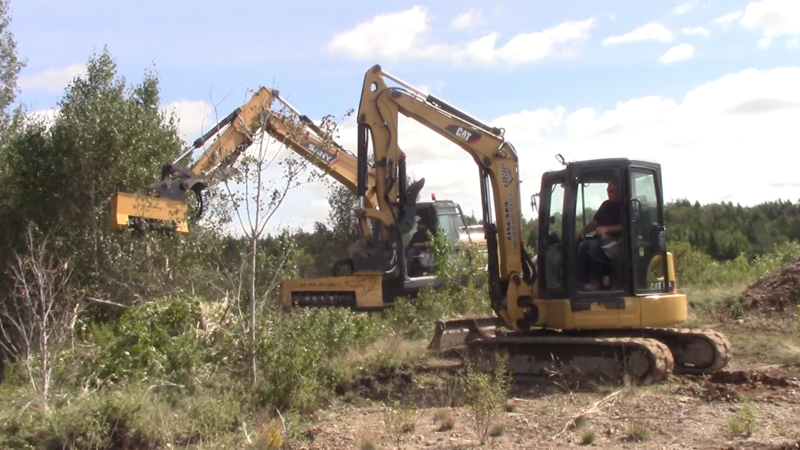Composite materials are common in construction, engineering and other applications where two or more materials are brought together in such a way that the constituent material in the composite is still distinguishable and not completely blended. A perfect example is concrete, the cement is the binder but it is used in combination with an aggregate to give it strength, a common aggregate is gravel. This is an example of a two component composite, when concrete is then used with reinforcing bars or mesh, it then becomes a three phase composite as there are now three elements in use; cement, gravel and steel.
The material types that are used in composite manufacturing differ based on the desired outcome including the strength and the ability of the derived composite. An example of early composite material is bricks that consist of mud and straw. Mud is great as a binder but is a poor choice when the resulting brick will be subjected to compression. Straw is used as it can withstand compressive forces without breaking and it acts as a reinforcing material for the binder. Bricks made this way are still in common use today although the process is thousands of years old.
Most composite materials are comprised of two constituent components; the binder and the reinforcement. The reinforcement of course is the stronger of the two forming the backbone of the composite; the binder simply keeps the reinforcement in place and protects the reinforcement which actually may be brittle. This for example is the case with the long glass fibers that are used in conjunction with plastic to form fiberglass. Most composites have been designed to give excellent strength both compression and tensile, this makes them adaptable for many different applications.
The engineers who are involved in composite manufacturing study the stresses that the ultimate construction will undergo. There are a number of issues that need to be considered in composite design; temperature variations, external forces, erosion, chemical resistance are but a few of the variables that are taken into account.
A large percentage of composites are manufactured in layers or plies, often the material is made up of a layer of fabric or other fibrous material sandwiched between layers of rubber or plastic which is the binder. This composite has the advantage of being moldable; this is how the hull of fiberglass boats is made. Composite manufacturing has been responsible for revolutionary changes in industries such as aviation and space exploration.
R.E. Darling Co., Inc. is involved in composite manufacturing and provides quality composite products and services. Visit us for more information.



